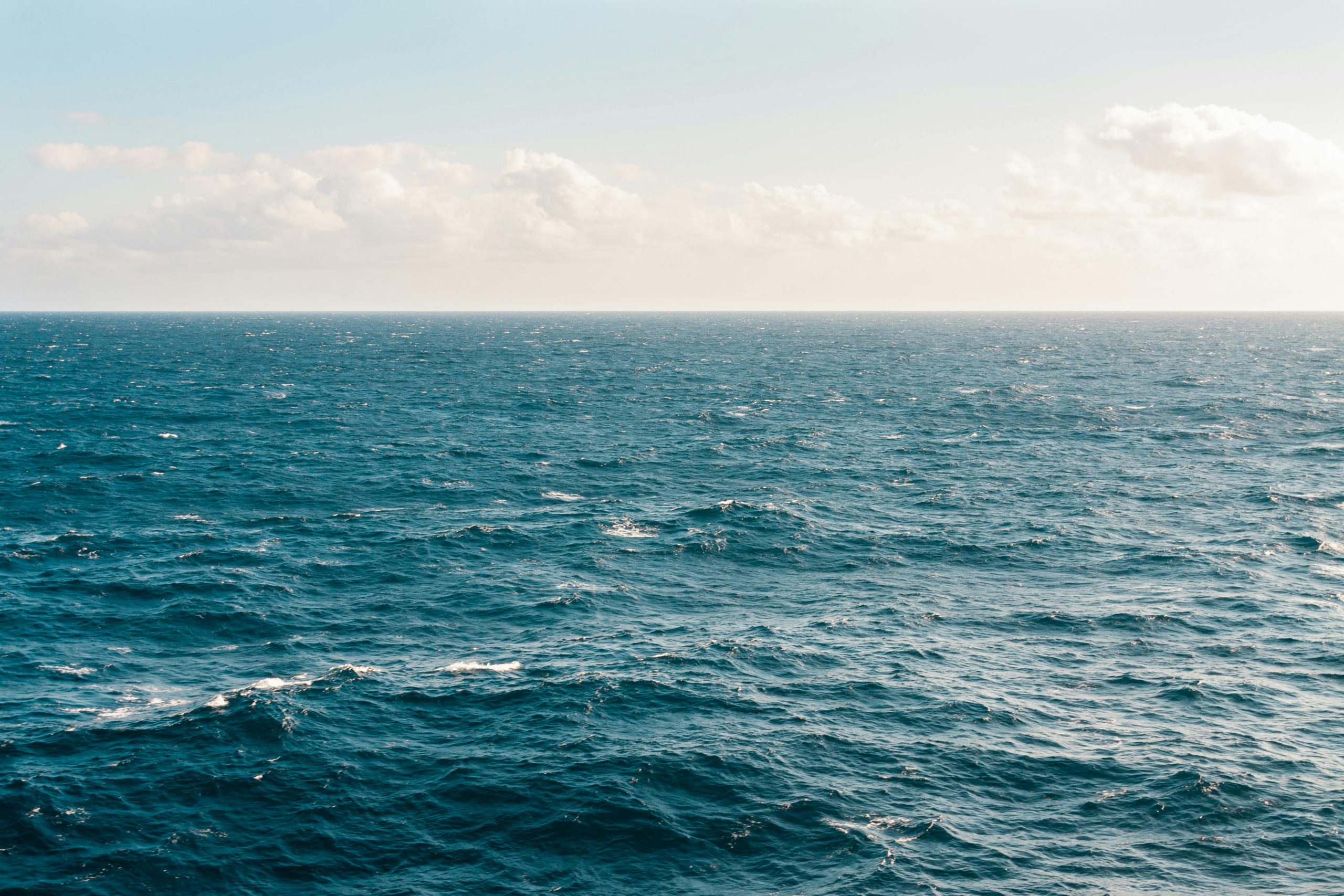Introduction to the Law of the Sea
The Law of the Sea refers to the body of public international law that governs legal rights, responsibilities, and jurisdiction over oceans, seas, and maritime resources. For a country like India, with a vast coastline stretching over 7,500 kilometers and deep strategic interests in the Indian Ocean, this branch of law is not just critical—it’s essential.
India’s maritime boundaries, its exclusive economic zones (EEZs), and its obligations and rights over marine resources are governed by a mix of international conventions, particularly the United Nations Convention on the Law of the Sea (UNCLOS), and domestic legislation such as the Territorial Waters, Continental Shelf, Exclusive Economic Zone and Other Maritime Zones Act, 1976.
Why the Law of the Sea Is Important for India
-
National Security: India’s maritime borders are key to defense strategy.
-
Economic Interests: Includes fishing, oil & gas extraction, seabed mining.
-
Trade & Navigation: About 95% of India’s trade by volume moves via the sea.
-
Environmental Concerns: Maritime law also governs ocean conservation.
Historical Context: India and Maritime Law
India became a signatory to the United Nations Convention on the Law of the Sea (UNCLOS) in 1982 and ratified it in 1995. This set the legal basis for India’s claims over territorial waters, contiguous zones, EEZs, and continental shelves.
India has since passed various national laws to bring its domestic legal system in conformity with UNCLOS and to assert sovereign rights over its maritime zones.
👉 UNCLOS Full Text on UN Website
India’s Maritime Zones: A Breakdown
Under the Maritime Zones Act of 1976, India defines the following:
1. Territorial Waters – Up to 12 Nautical Miles
India exercises full sovereignty over these waters, just like it does over land. It includes the airspace above and the seabed below.
2. Contiguous Zone – 12 to 24 Nautical Miles
India can enforce laws related to customs, immigration, fiscal, and sanitation.
3. Exclusive Economic Zone (EEZ) – Up to 200 Nautical Miles
India has sovereign rights to explore and exploit natural resources. However, foreign ships can still navigate freely under certain rules.
4. Continental Shelf – Up to 200 Nautical Miles or More
India has the right to harvest mineral and non-living resources from the seabed.
👉 Read India’s Maritime Zones Act 1976 (Bare Act)
Major Indian Laws Governing the Sea
Here are the key legislations that regulate India’s maritime domain:
⚖️ The Maritime Zones of India Act, 1976
Provides the legal framework for territorial waters, EEZ, and continental shelf.
⚖️ The Indian Ports Act, 1908
Deals with the regulation and safety of ports across India.
⚖️ The Merchant Shipping Act, 1958
Covers registration, safety, and certification of Indian ships.
⚖️ The Coast Guard Act, 1978
Establishes the Indian Coast Guard, which ensures maritime security and enforcement.
👉 Merchant Shipping Act on India Code
UNCLOS and India: Rights and Responsibilities
India, as a party to UNCLOS, is bound by its provisions. This includes:
-
Respecting freedom of navigation
-
Avoiding overfishing and ensuring sustainable marine resource use
-
Preventing marine pollution
-
Peacefully resolving maritime disputes
India has also submitted claims before the Commission on the Limits of the Continental Shelf (CLCS) to extend its continental shelf beyond 200 nautical miles.
👉 CLCS Submission Details on UN
Disputes and Maritime Challenges Faced by India
India faces a range of legal and strategic challenges on the seas, such as:
-
Maritime boundary disputes with neighbors like Pakistan and Bangladesh.
-
Piracy and terrorism in the Indian Ocean.
-
Illegal, unreported, and unregulated (IUU) fishing by foreign vessels.
-
China’s expansionism and activities in the Indian Ocean Region (IOR).
India addresses these challenges via bilateral agreements, active patrolling by the Indian Navy and Coast Guard, and adherence to UNCLOS.
India’s Strategic Maritime Initiatives
India is advancing its maritime law regime through:
-
Sagarmala Project – To boost coastal economic development and port modernization.
-
Blue Economy Policy Framework – Aimed at sustainable ocean resource use.
-
Indian Ocean Rim Association (IORA) – Promotes regional cooperation.
-
International Seabed Authority (ISA) Membership – For deep-sea mining rights.
👉 Sagarmala Initiative – Ministry of Ports, Shipping and Waterways
Recent Developments in Indian Maritime Law
-
India’s Draft Maritime Zones Bill, 2021: Aims to replace the 1976 Act and bring it more in line with modern challenges, including digital surveillance and environmental threats.
-
Emphasis on Maritime Arbitration: India is developing hubs for maritime dispute resolution, recognizing the need for specialized legal mechanisms in shipping and ocean law.
Law of the Sea and Environment
India is a signatory to various international environmental treaties, including:
-
Convention on Biological Diversity
-
MARPOL (International Convention for the Prevention of Pollution from Ships)
The Environment (Protection) Act, 1986 also gives India the power to regulate pollution at sea.
👉 MARPOL Treaty Overview – IMO
Career and Legal Practice in Maritime Law
Aspiring lawyers can specialize in Admiralty Law, International Maritime Law, or Marine Insurance Law. Law firms in India and globally are increasingly hiring lawyers with expertise in:
-
Port and shipping law
-
International sea disputes
-
Marine insurance and contracts
-
Ship arrests and salvage claims
Law schools like Gujarat Maritime University and Indian Maritime University offer specialized maritime law courses.
Conclusion
The Law of the Sea in India is a dynamic and essential area of both domestic and international law. Given India’s massive coastline and maritime interests, understanding this legal regime is vital for policymakers, lawyers, environmentalists, and industry stakeholders alike.
With growing challenges like climate change, overfishing, and geopolitical competition in the Indo-Pacific, the importance of maritime law in India’s strategic vision will only grow in the years ahead.

